Making sourdough bread requires attention to detail and the right ingredients. One crucial element is the type of flour used. High-protein flour, in particular, is essential for creating a robust and chewy crumb.
The characteristics of this artisan bread flour make it ideal for sourdough. It provides the necessary protein content and texture that sourdough bread requires.
Key Takeaways
- Using the right flour is crucial for making great sourdough bread.
- Bob’s Red Mill Artisan Bread Flour is a high-quality choice.
- High-protein flour contributes to a better texture and flavor.
- Artisan bread flour is ideal for sourdough baking.
- Quality flour enhances the overall baking experience.
The Science Behind Great Sourdough Bread
To bake great sourdough, one must grasp the underlying science that governs gluten development and the fermentation process. Sourdough bread is a result of a complex interplay between yeast, lactic acid bacteria, and enzymatic activity within the dough.
The process begins with gluten development, which provides the dough with its structure and elasticity. As the dough ferments, yeast and lactic acid bacteria work together to break down the sugars, producing lactic acid and creating the characteristic tang of sourdough.
Understanding Gluten Development and Fermentation
Gluten development is crucial for creating a dough that can hold its shape and expand during fermentation. Fermentation is the process by which yeast and bacteria consume the sugars in the dough, producing carbon dioxide and lactic acid. This process not only contributes to the rise of the bread but also develops its flavor and texture.
Why Flour Quality Matters for Sourdough Success
The quality of flour used is vital for sourdough success. Flours with high protein content and strong gluten structure, like Bob’s Red Mill Artisan Bread Flour, are ideal for creating a robust dough that can withstand the long fermentation times required for sourdough. The flour quality directly impacts the bread’s texture, flavor, and overall quality.
Why Bob’s Red Mill Artisan Bread Flour Makes a Difference
When it comes to baking sourdough, the type of flour used can significantly impact the final product. Bob’s Red Mill Artisan Bread Flour stands out due to its high-quality characteristics that cater specifically to the needs of sourdough baking.
Protein Content and Gluten Strength
The protein content in Bob’s Red Mill Artisan Bread Flour is notably high, which is crucial for developing a robust gluten network. This network is essential for the structure and rise of sourdough bread. A higher protein content typically results in a more vigorous dough, capable of holding more water and producing a better crumb.
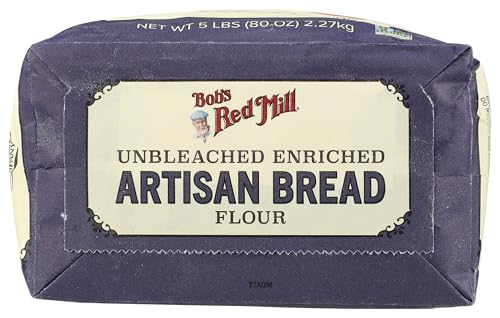
Milling Process and Unbleached Properties
The milling process of Bob’s Red Mill Artisan Bread Flour is designed to preserve the natural nutrients and flavor of the wheat. Being unbleached, this flour retains its natural color and has a more complex flavor profile compared to bleached flours. This characteristic enhances the overall taste of the sourdough, making it more nuanced and artisanal.
Comparison with Other Popular Flours like King Arthur
While King Arthur flour is also a popular choice among bakers, Bob’s Red Mill Artisan Bread Flour offers a distinct advantage due to its high-protein content and unbleached properties. When compared to King Arthur, Bob’s Red Mill provides a slightly coarser texture and a more robust flavor, which many bakers prefer for sourdough.
In conclusion, the unique combination of high protein content, careful milling process, and unbleached properties makes Bob’s Red Mill Artisan Bread Flour an excellent choice for sourdough baking. Its characteristics not only enhance the bread’s texture and flavor but also contribute to a more satisfying baking experience.
Creating and Maintaining Your Sourdough Starter
Creating a sourdough starter from scratch is a rewarding process that requires patience, the right ingredients, and a bit of know-how. With Bob’s Red Mill Artisan Bread Flour, you have the perfect foundation for a healthy and vibrant starter.
Building a Starter with Bob’s Red Mill Artisan Bread Flour
To begin, mix equal parts of flour and water in a clean container. Use Bob’s Red Mill Artisan Bread Flour for its high protein content and superior gluten structure, which will help create a robust starter. Cover the container loosely and let it sit at room temperature. After 24-48 hours, you should start to see signs of fermentation.
As your starter becomes more active, you’ll notice it bubbling and expanding. This is a sign that the wild yeast and bacteria are thriving. Continue to feed your starter regularly to strengthen it.
Feeding Schedule and Maintenance Tips
A consistent feeding schedule is crucial for maintaining a healthy sourdough starter. Feed your starter once a day, discarding half of it before adding fresh flour and water. This process keeps the starter active and prevents it from becoming too sour.
Store your starter in a cool, draft-free place. If you’re not baking daily, you can keep your starter in the refrigerator and feed it once a week.
Troubleshooting Common Starter Issues
If your starter isn’t bubbling, it might be too cold or not being fed frequently enough. Check the temperature and adjust your feeding schedule as needed.
| Issue | Solution |
|---|---|
| Starter too sour | Feed more frequently or store in refrigerator |
| Starter not bubbling | Check temperature, feed more frequently |
| Moldy starter | Discard and start over |
By following these guidelines and using Bob’s Red Mill Artisan Bread Flour, you’ll be well on your way to creating a thriving sourdough starter. Happy baking!
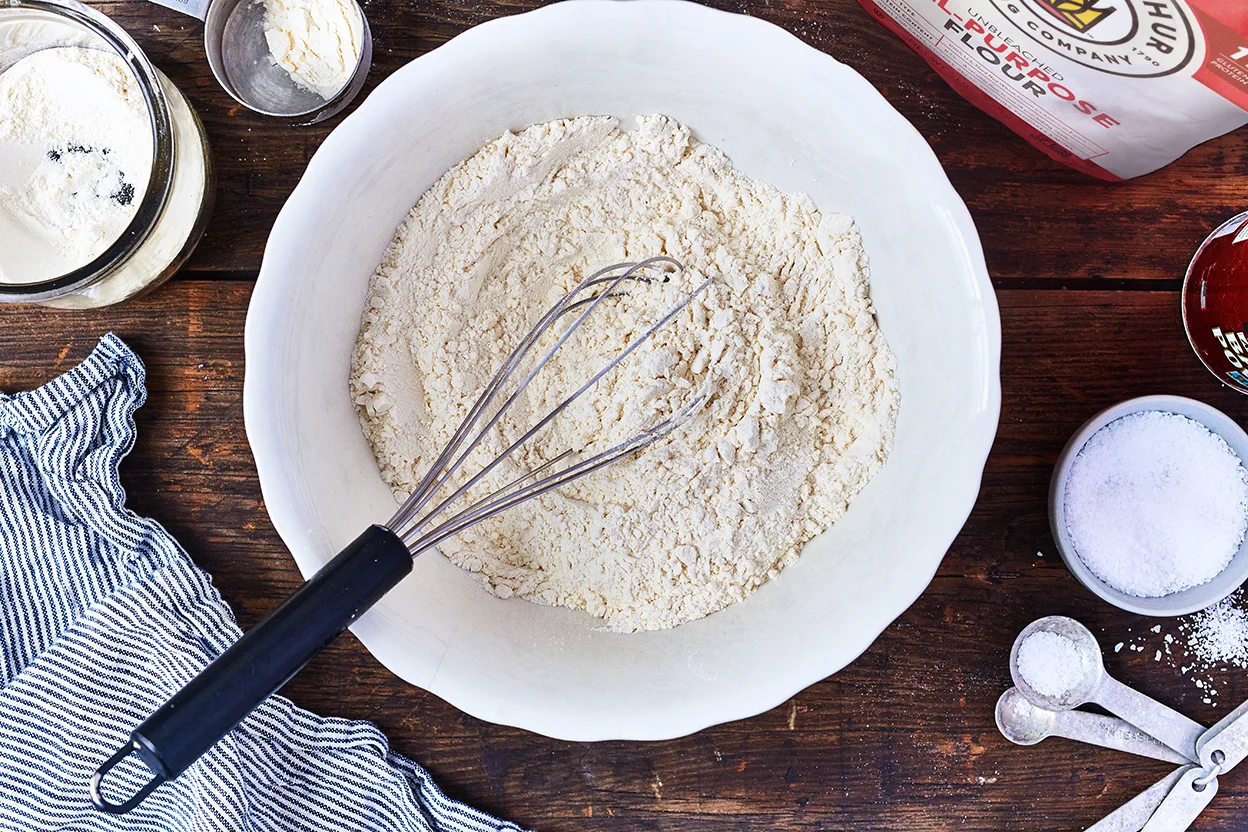
Step-by-Step Sourdough Bread Recipe
The journey to baking great sourdough bread starts with understanding the basic steps involved in the process. With the right ingredients and equipment, you can create a delicious loaf that’s sure to impress. Let’s dive into the details of making sourdough bread, from preparation to the final proofing.
Ingredients and Equipment Needed
To begin, you’ll need a few essential ingredients and some basic equipment. The ingredients include Bob’s Red Mill Artisan Bread Flour, water, salt, and your sourdough starter. For equipment, you’ll need a mixing bowl, a dough scraper, a proofing basket, and a Dutch oven or baking stone. Having the right tools will make the process smoother and more enjoyable.
Mixing and Autolyse Process
The first step in making sourdough bread is mixing the dough. Combine the flour and water in a bowl, and let it rest for a period of time, known as autolyse. This step helps to hydrate the flour and start the gluten development process. After autolyse, add your sourdough starter and salt, and mix until just combined.
Bulk Fermentation and Folding Techniques
After mixing, the dough enters the bulk fermentation phase, where it will rest for several hours. During this time, you’ll need to perform a series of folds to help develop the dough’s strength and structure. Folding involves gently turning the dough over itself several times, using a dough scraper to prevent tearing.
Shaping and Final Proofing
Once the bulk fermentation is complete, it’s time to shape your dough into a loaf. Place the shaped dough into a proofing basket, and let it rest for the final proofing. This step allows the dough to rise one last time before baking.
Cold Fermentation Options
For a more complex flavor, consider using a cold fermentation method. This involves placing the shaped dough in the refrigerator for a slower, colder rise. Cold fermentation can enhance the flavor and texture of your sourdough bread.
Testing for Proper Proofing
To ensure your dough is properly proofed, gently press on the surface. If it springs back slowly, it’s ready to bake. If it springs back quickly, it may need more time. Proper proofing is crucial for achieving the right texture and crust.
Mastering the Bake: From Dough to Perfect Loaf
Achieving the perfect loaf of sourdough bread requires mastering the baking process. This involves understanding the techniques that contribute to a perfectly baked crust and a well-cooked interior.
Dutch Oven Method for Perfect Crust
The Dutch oven method is renowned for producing a crust that is both crispy and well-browned. This technique involves baking the sourdough in a preheated Dutch oven, which creates a steamy environment that fosters oven spring and crust development.
To use this method, preheat your Dutch oven to 450°F (230°C) with the lid on. Gently place your shaped dough into the pot, cover it, and bake for 25-30 minutes. Then, remove the lid and continue baking for an additional 15-20 minutes, or until the crust is golden brown.
Creating Steam for Oven Spring
Steam is crucial for achieving a good oven spring, as it helps to create a crispy crust. You can create steam in your oven by using a pan of water or a steam injector. Alternatively, the Dutch oven method mentioned earlier naturally creates the steam needed.
Scoring Techniques for Beautiful Bread
Scoring your sourdough before baking not only adds to its visual appeal but also controls how the bread expands during baking. Use a sharp blade or razor to make clean, decisive cuts on the surface of your dough.
| Scoring Technique | Description | Effect on Bread |
|---|---|---|
| Simple Cut | A single, straight cut along the length of the bread | Classic appearance, even expansion |
| Multi-cut | Multiple cuts in a pattern or design | Enhanced visual appeal, controlled expansion |
| Ear Cut | A cut that creates a ‘ear’ on the crust | Unique appearance, adds texture |
Knowing When Your Bread Is Done
A well-baked sourdough should have a golden-brown crust and sound hollow when tapped on the bottom. The internal temperature should reach 205-210°F (96-99°C).
Cooling and Storing Your Sourdough
After baking, it’s essential to cool your sourdough on a wire rack to prevent moisture from accumulating under the crust. Store the cooled bread in a paper bag or on a bread stone to maintain its crustiness.
By mastering these baking techniques, you’ll be well on your way to producing beautifully baked sourdough loaves that are sure to impress.
Conclusion: Your Journey to Artisan Sourdough Excellence
Achieving artisan sourdough excellence is a rewarding journey that combines the art of bread baking with the science of fermentation. With Bob’s Red Mill Artisan Bread Flour, bakers can create nutrient-rich sourdough that not only delights the palate but also provides numerous health benefits.
The unique properties of Bob’s Red Mill Artisan Bread Flour, including its high protein content and unbleached characteristics, support the development of a robust sourdough starter. This, in turn, enhances the digestion and absorption of nutrients in the bread, making it a healthier option for those who bake and consume it.
As you continue on your sourdough baking journey, remember that the quality of your flour is crucial to achieving sourdough excellence. By choosing a high-quality flour like Bob’s Red Mill Artisan Bread Flour, you can create artisan sourdough that is not only delicious but also packed with nutrients and health benefits.
Embracing the art of sourdough baking with the right ingredients and techniques can lead to a more rewarding baking experience. So, take the next step in your bread baking journey and explore the world of artisan sourdough with confidence.
FAQ
What is the best flour to use for making sourdough bread?
Bob’s Red Mill Artisan Bread Flour is highly recommended for making sourdough bread due to its high-protein content and unbleached properties, which contribute to better gluten development and fermentation.
How do I create and maintain a healthy sourdough starter?
To create a sourdough starter, mix equal parts of flour and water, and let it rest at room temperature. Feed it regularly, and maintain it by discarding a portion of it and adding fresh flour and water. Using Bob’s Red Mill Artisan Bread Flour can help in creating a robust starter.
What is the ideal temperature for proofing sourdough bread?
The ideal temperature for proofing sourdough bread is around 75°F to 78°F (24°C to 25°C), which allows for optimal fermentation and helps in developing the dough’s flavor and texture.
How do I achieve a crusty crust on my sourdough bread?
To achieve a crusty crust, bake the bread in a preheated Dutch oven with steam, or create steam in your oven by pouring water into a preheated pan. This helps in creating a crispy crust and a beautiful oven spring.
Can I use all-purpose flour instead of bread flour for sourdough?
While all-purpose flour can be used, Bob’s Red Mill Artisan Bread Flour is preferred due to its higher protein content, which results in a stronger gluten structure and a more satisfying crumb.
How long does it take to make sourdough bread from scratch?
Making sourdough bread from scratch can take around 24 hours, including the time for creating and proofing the starter, mixing, bulk fermentation, shaping, and baking.
Why is my sourdough bread dense and heavy?
A dense and heavy sourdough bread can be due to under-proofing, over-mixing, or using a starter that’s not robust enough. Ensure your starter is healthy, and follow proper proofing and mixing techniques.
Can I store sourdough bread at room temperature?
Yes, sourdough bread can be stored at room temperature for a few days. It’s best to store it in a paper bag or on a wire rack to maintain its crustiness.
How do I know when my sourdough bread is done baking?
Sourdough bread is done when it sounds hollow when tapped on the bottom, and its internal temperature reaches around 205°F to 210°F (96°C to 99°C).
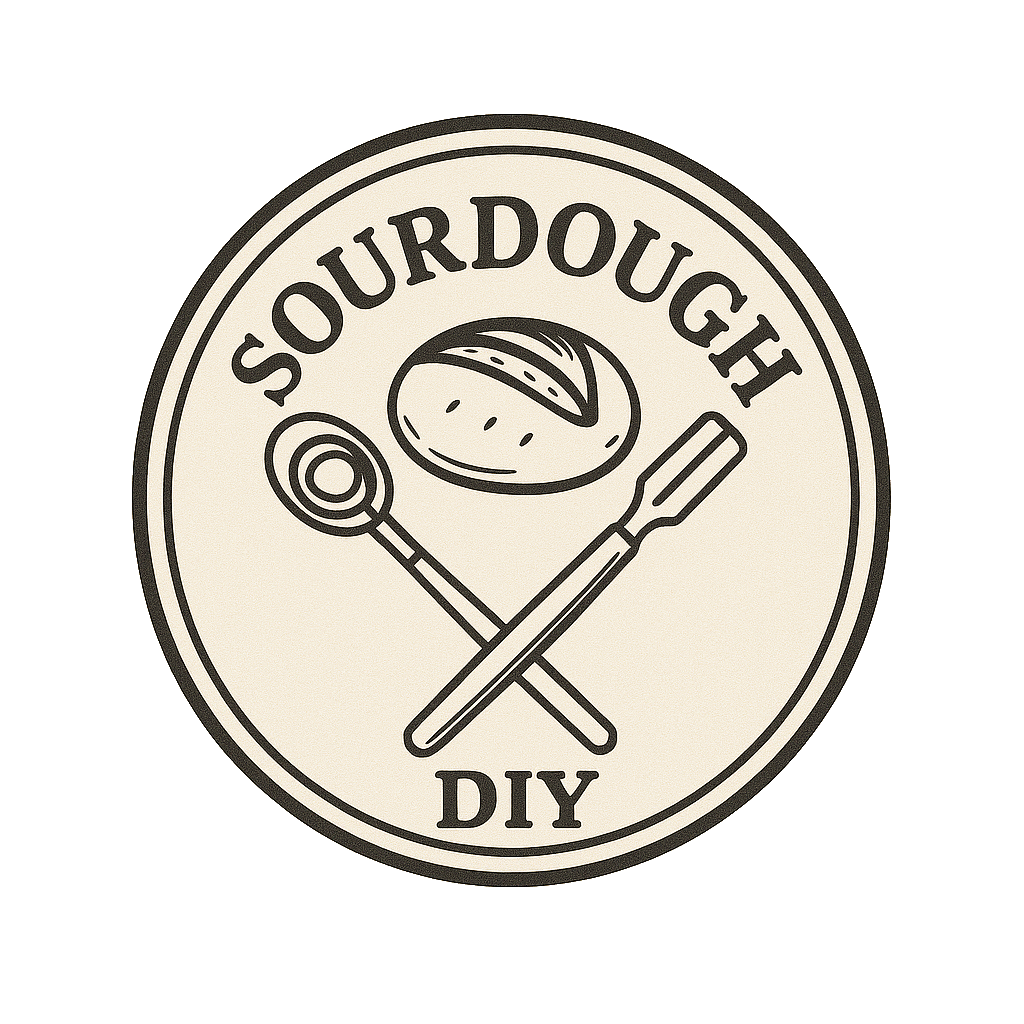
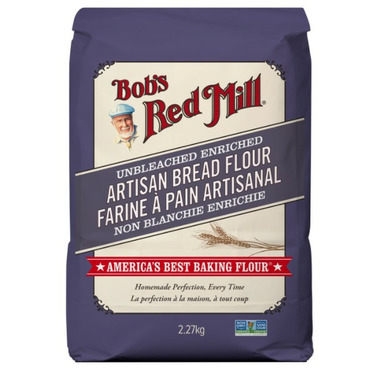
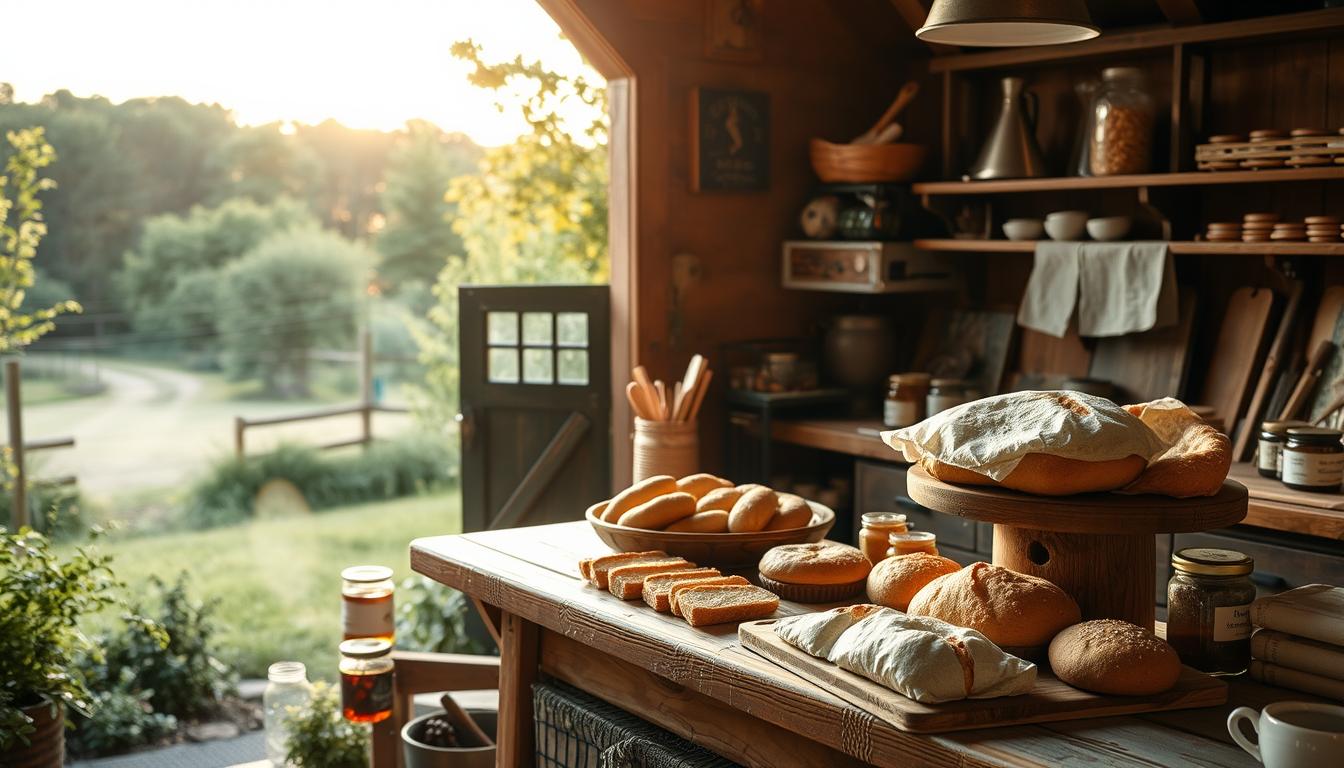
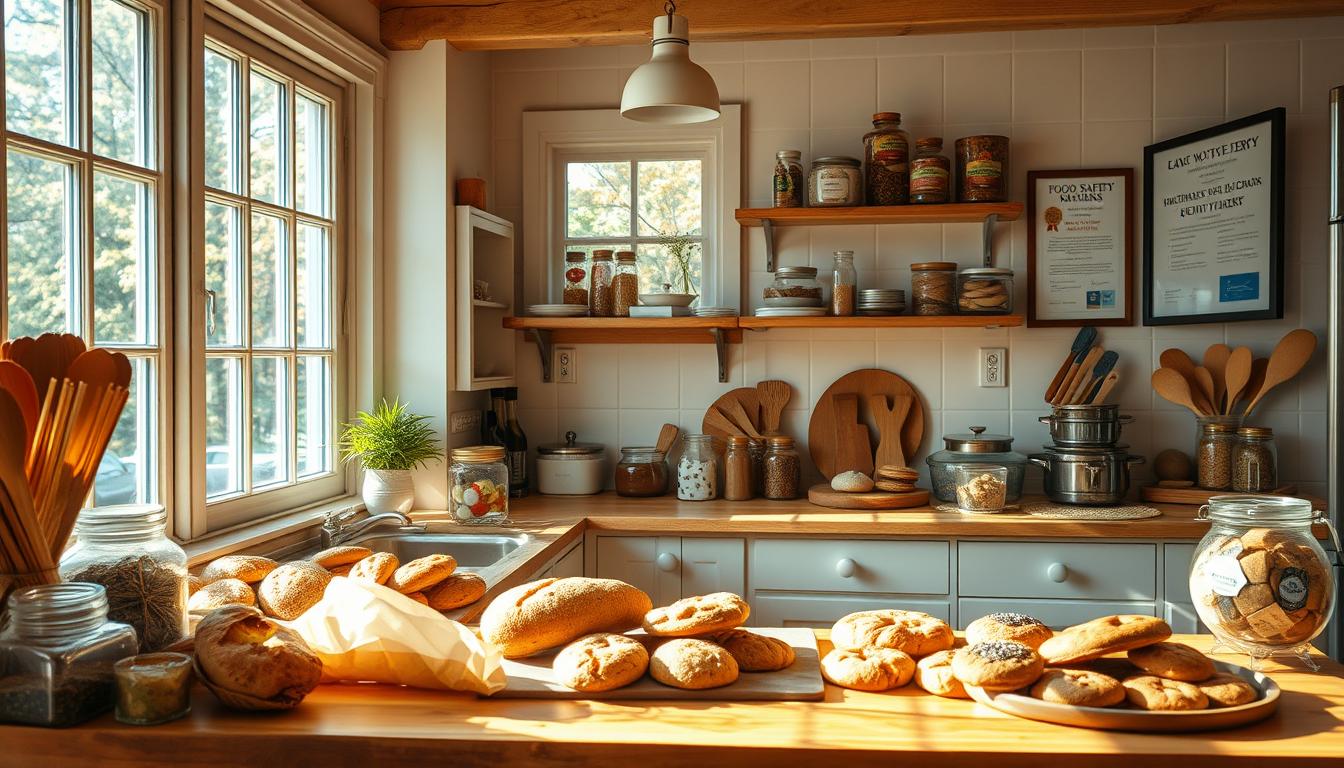
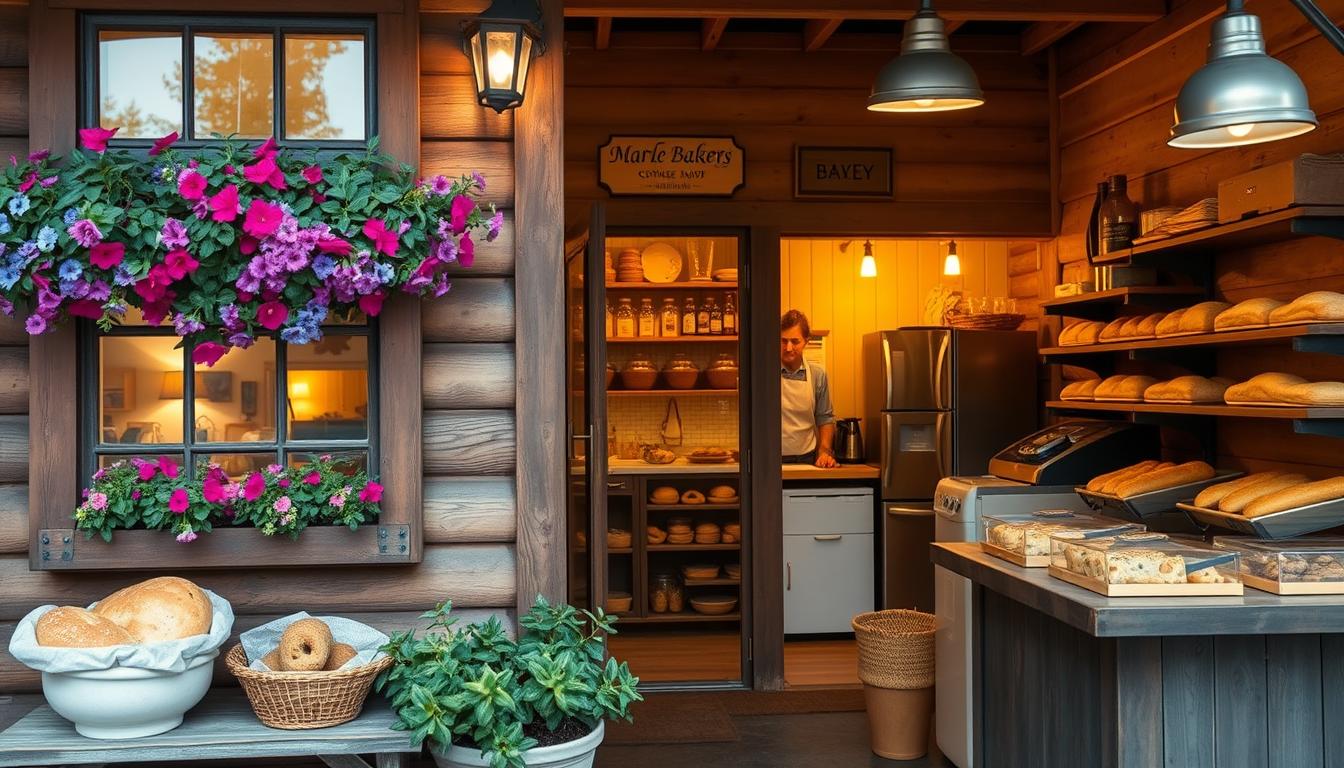
Leave a Reply